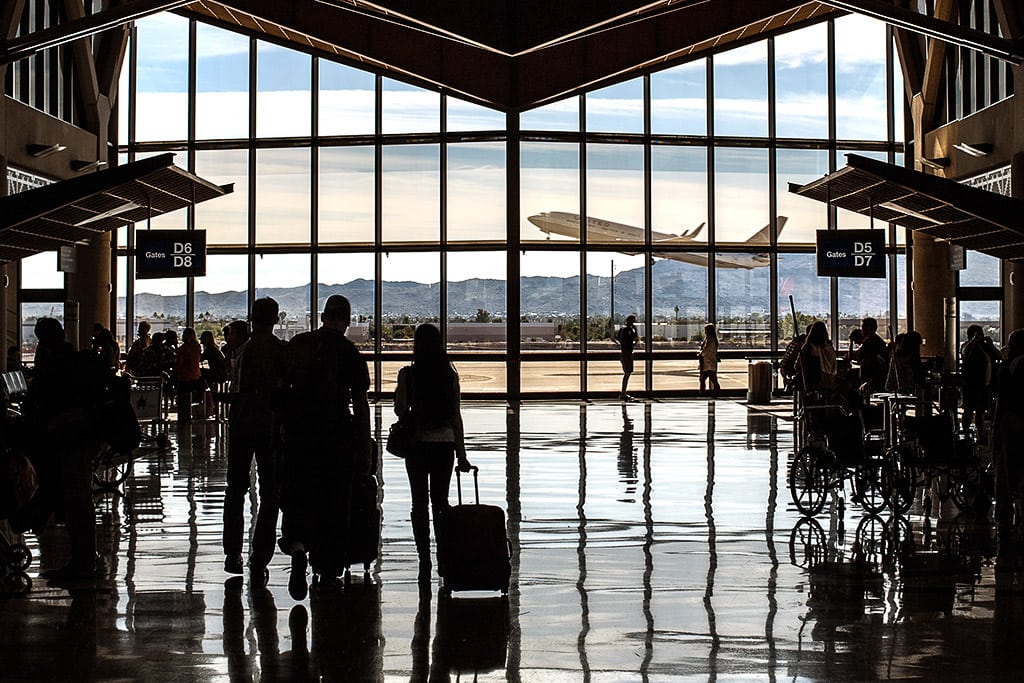Skift Take
This has ballooned beyond a dispute over the Open Skies application of a relatively small carrier (Norwegian Air International) to an existential debate of the free market future for the global aviation industry. Decisions made now will have lasting repercussions.
In a letter addressed to the Secretaries of the U.S. Department of State, the U.S. Department of Commerce, and the U.S. Department of Transportation, Kevin M. Burke, President and CEO of Airports Council International—North America, expressed strong support of existing Open Skies policy and urged the Secretaries to stand behind the 114 established Open Skies agreements signed over more than 20 years which, he says, have brought “billions of dollars in economic activity to communities throughout the US.”
Burke suggests Open Skies agreements align with the objectives of a de-regulated domestic aviation industry by “eliminat[ing] government interference in many commercial aspects of international services, including routes, capacity, and pricing by providing for an unlimited number of designations of airlines, no unilateral controls on capacity, pricing freedom, liberal charters and extensive route rights for passengers and cargo services.”
Citing a study by the Brookings Institution and Washington State University, Burke writes: “U.S. Open Skies agreements have generated at least $4 billion in annual gains to travelers.”
Burke echoes sentiments of foreign airline CEOs, writing “some countries have pointed to U.S. airline filings under Chapter 11 of the bankruptcy code as a form of subsidy because U.S. airlines are able to reduce their labor and creditor obligations as a result.”
Recent U.S. aviation industry consolidation, Burke indicates, necessitates greater airline diversity, to protect US airports “that might otherwise not receive international air service because they do not have a major U.S. airline hub or even if they do, that dominant U.S. airline and its alliance partners are not interested in serving international markets through that airport.” While decisions by U.S. airlines and their alliance partners on which U.S. airports to connect “may reflect rational business decisions,” he writes, “U.S. airports and their communities should not be held hostage by U.S. airline decisions regarding which markets to serve.”
Burke gives three examples of U.S. airports and communities which have recently benefited from established agreements:
- Nonstop international flights from Phoenix Sky Harbor International Airport created a total economic impact of about $3.0 billion within the Greater Phoenix metropolitan area in 2011.
- A 2013 estimate found $69.7M to $74M each year of economic impact for new London-Austin service, which started in 2014.
- Five new international flights to Latin America, India, and the Middle East announced at Massport, Boston, since 2012 “will generate $734 million in economic impact and $22 million in tax revenue.”
“International air service provides U.S. airports and their communities with access to the global economy, which translates into economic development and employment from business and tourism travel, trade, and investment,” Burke writes. “Travel for business, tourism, and other purposes are the largest U.S. service export. Such travel creates jobs which cannot be outsourced easily from the United States. Exports and imports generate jobs at US airports and the broader economy.”
The Daily Newsletter
Our daily coverage of the global travel industry. Written by editors and analysts from across Skift’s brands.
Have a confidential tip for Skift? Get in touch
Tags: open skies
Photo credit: Passengers at Phoenix Sky Harbor airport. Robert Couse-Baker / Flickr
